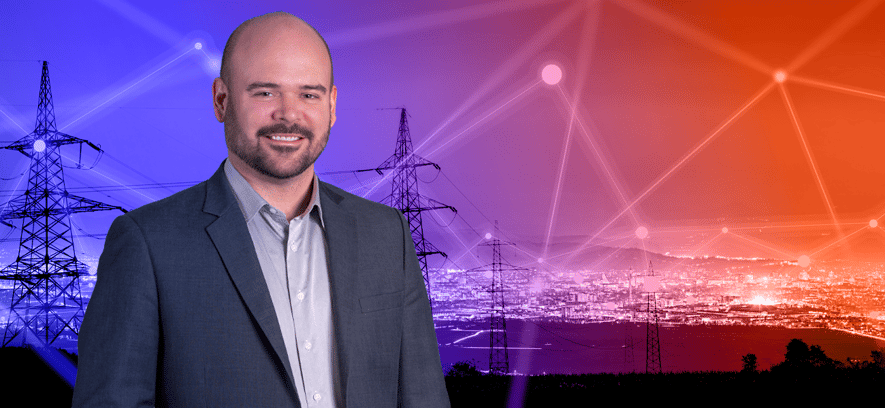
Edge Intelligence: The Potential Benefits and Concerns for Utilities and Customers
Frederic Dubois
in Connect on LinkedIn
Simply put, edge intelligence is deploying analytics near where the data is generated. With the increasing necessity for better real-time response and visibility in the system, edge intelligence offers an interesting option for utilities.
In this Q&A, Frederic Dubois, senior product manager at 1898 & Co., discusses the emergence of edge technology and the potential benefits and concerns from utility and customer standpoints.
Q: What are the potential benefits for power utilities?
A: Ability to analyze granular metrology is one of the top points to discuss. Utilities can get as granular as they want with their measurements out at the edge, but the ability to feed those to analytical solutions is limited by bandwidth, storage costs and processing. However, by assessing the measurements locally, utilities can process them for deeper insights, avoiding the weight of piping the data back all the way to their centralized enterprise solution.
An example of the potential value more granular measurements can enable is the ability to detect abnormal patterns to characterize faults and locate the source more accurately. It could help inform utility workers about whether the disturbance was caused by a branch on the line or a line-to-ground situation.
Q: What are some concerns for power utilities?
A: Cybersecurity exposure will be critically scrutinized, and to mitigate that risk, access to the business-critical features of the meters themselves as well as the communication network are decoupled to limit access to known applications.
The cost and complexity of enterprise computational upgrade and expansion of solutions is one issue utilities are concerned about. A lot of analytics use cases can be done autonomously at the edge, but some more complex use cases must be done at the enterprise level. This increases the complexities of how to utilize these new insights as this is not the data utilities usually deal with. The additional pipelines and computation required to integrate these insights at the enterprise level can have significant cost implications.
The cost of communications network infrastructure upgrade is also another concern. Depending on what utilities are trying to enable, they might have to upgrade their firmware or replace their devices. But that comes with any new technology upgrade, particularly those with a significant impact on the throughput across the system, such as edge intelligence.
Q: What are some potential benefits for end customers?
A: This is mostly about incentivizing participation in demand response and gaining awareness about their own usage.
Starting with the most apparent benefit, customers may receive more incentives for participation in demand response via load aggregator. To touch on FERC 2222, which allows distributed energy resource (DER) aggregators to participate directly in wholesale markets, new players will be able to participate in the industry. As load aggregators access this new revenue stream, it may translate in better incentives to encourage customers to participate in these load control programs. This also ties into “gamifying” energy-efficient usage and demand response participation, where customers could compete with each other or themselves.
Customers will also benefit from faster awareness of high energy usage and more accurate notifications of outage and restoration times. This is tied directly to the power utility's potential benefit of being able to tell where the fault is and what it is so they can come to the site better prepared to address the problem appropriately.
Q: What are some concerns for end customers?
A: As with other technological changes being introduced, personal data privacy is and will always be a concern. One thing that utilities can do is ask themselves what they can actively do to handle these concerns. Another possible concern to note would be the potential rate increase that would be needed to cover the new technology cost. These are issues that would need to be addressed over a period of time as edge intelligence is introduced to customers.
For an in-depth discussion with two leading AMI vendors on various benefits and concerns, watch the on-demand webinar to learn more about leveraging edge intelligence.




